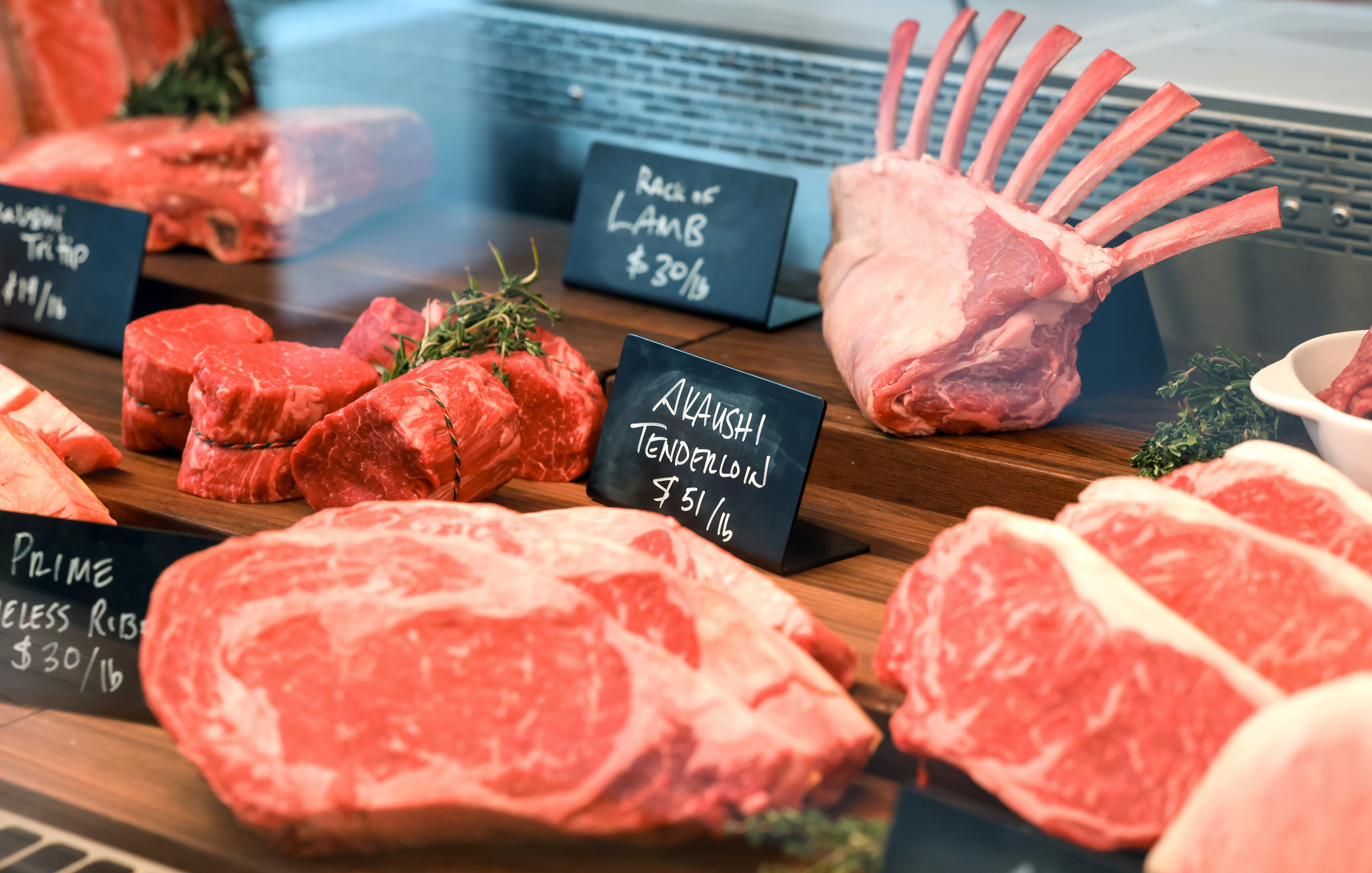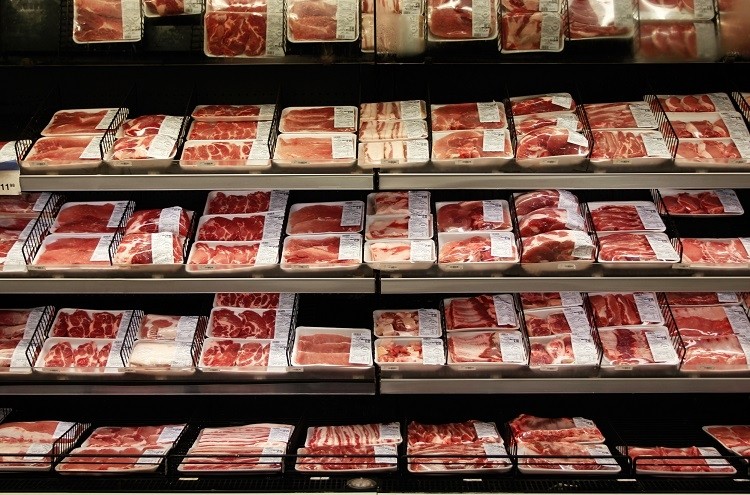Check Out the Regional Taste at Bagley Farms Meat Market Edwardsville IL: Fresh and Delicious
Check Out the Regional Taste at Bagley Farms Meat Market Edwardsville IL: Fresh and Delicious
Blog Article
Discover the Art of the Butcher's Cut in a Modern Meat Market
In the ever-evolving landscape of contemporary meat markets, the butcher's cut has actually transcended its traditional roots, combining old-time workmanship with contemporary methods. What really establishes the modern butcher apart is their capacity to build a much deeper connection in between customers and the beginnings of their meat.
Development of Butchery Methods

The mid-20th century saw butchery strategies better improved by scientific understandings right into muscular tissue biology and meat aging, enhancing both tenderness and taste. Advancements like vacuum cleaner product packaging and refrigeration prolonged product shelf-life, allowing butchers to diversify offerings and improve quality control. This duration also noted the rise of customized tools, such as band saws and meat slicers, which enhanced accuracy and effectiveness in meat handling.
Computerized systems currently assist in monitoring pet provenance and optimizing cuts to meet particular consumer choices. Additionally, a rebirth in artisanal butchery has actually emerged, blending standard abilities with modern expertise to provide to customers looking for moral and lasting meat alternatives.

Comprehending Meat Cuts

Comprehending the intricacies of meat cuts is important for both butchers and customers seeking quality and worth. For butchers, specific cuts mirror ability and respect for the craft, making sure minimal waste and optimum return.
The primary categories of meat cuts include primal, sub-primal, and retail cuts. Primal cuts, such as the loin, rib, and chuck, are the big sections at first divided from the carcass. Butchers after that damage these down additionally into sub-primal cuts, before lastly generating retail cuts available to customers, like ribeye or tenderloin. Each stage requires mindful focus to physiological structure and muscle mass make-up.
Understanding muscular tissue structure is crucial; muscle mass used more frequently by the pet tend to be harder and are best fit for slow cooking methods, while less-used muscular tissues, like those located in the loin, are extra tender and my blog ideal for cooking or roasting. Familiarity with these differences empowers customers to make enlightened selections, enhancing their cooking undertakings.
Selecting High Quality Meat
Choosing the ideal meat entails more than just picking a visually attractive item from the display. The art of selecting high quality meat calls for a discerning eye and knowledge of particular attributes that represent quality and excellence.
Second of all, think about the marbling, which describes the white streaks of fat within the muscle mass. Proper marbling is an essential indicator of tenderness and taste, as it melts throughout food preparation, improving the meat's juiciness. Remember, higher home marbling frequently associates with exceptional high quality cuts, such as USDA Prime.
Structure is one more crucial aspect; meat ought to feel solid to the touch, not slimy or excessively soft. In addition, bear in mind the aroma. Fresh meat should have a tidy, neutral scent, devoid of any type of sour or off-putting smells.
Pairing Cuts With Cooking Techniques
Effectively coupling cuts of meat with the appropriate cooking techniques is necessary for accomplishing optimal taste and texture. These approaches enhance the meat's all-natural flavors and ensure a juicy finish.
Alternatively, harder cuts like brisket and chuck roast are rich in collagen, which damages down right into jelly when prepared slowly. These cuts are perfect for braising or slow roasting, allowing the meat to soften over time and develop deep, complex tastes. Similarly, cuts such as short ribs and pork shoulder prosper with slow-cooking approaches, where prolonged cooking times transform their durable textures right into succulent meals.
Lamb shanks and oxtail, which require long term cooking to soften, are ideal prospects for stewing or slow simmering. These approaches coax out rich, hearty tastes while preserving moisture. By comprehending the unique features of each cut, cooks and home chefs alike can raise their culinary creations, guaranteeing each meal is both pleasing and memorable.
The Butcher's Role Today
Browsing the developing landscape of the modern-day meat market, the butcher's duty today extends beyond simple prep work of cuts. Contemporary butchers are cooking craftsmens, teachers, and advocates for lasting practices.
Along with crafting precise cuts, butchers currently involve directly with consumers, supplying cooking guidance and tailoring options to suit private demands and preferences. Their proficiency in meat aging, marbling, and taste profiles empowers consumers to make educated decisions, boosting their cooking experiences. This individualized solution exemplifies the butcher's advancing role as a trusted expert in the kitchen area.
In addition, butchers are critical in minimizing waste, utilizing entire pets to create varied items such as sausages and supplies - bagley farms meat market edwardsville il. This detailed strategy not only values the pet but also lines up with modern sustainability objectives. By doing this, the modern-day butcher symbolizes both practice and technology, adapting to an ever-changing market while preserving go to website the artistry and stability of their craft

Conclusion
Mastery in recognizing varied meat cuts and quality indicators empowers butchers to supply informed referrals, aligning details cuts with ideal cooking methods. By recognizing historical techniques while accepting modern needs, the butcher's function remains essential in today's innovative meat market.
Report this page